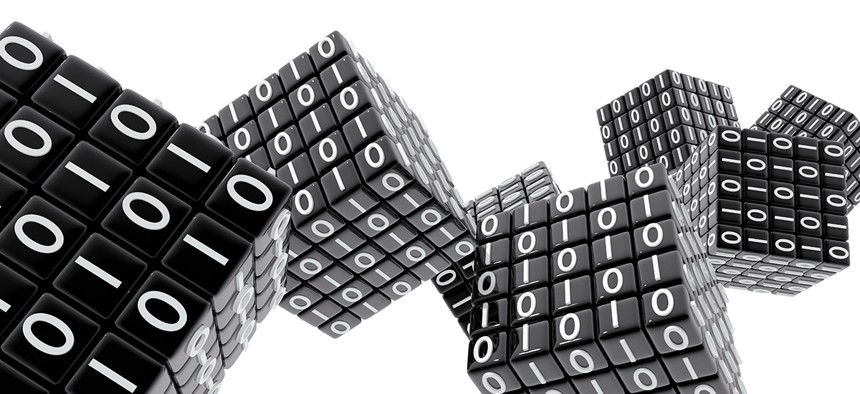Inside NSA’s 'Sociotechnical' Data Experiment

Genialbaron/Shutterstock.com
The numbers alone aren't enough to change how an agency makes decisions.
Cool algorithms alone aren't enough to change the way government agencies function, a federal senior strategist says.
Marty Trevino, an organizational architect at the National Security Agency, has embarked on a multiyear experiment to understand "sociotechnical" systems -- how the humans who run organizations can best work with data processing technology.
A few years ago, Trevino asked federal data scientists what challenges they faced in their agencies. Often, they'd tell him they "don't have a voice," because key decision-makers weren't actually taking their analyses into account, Trevino said during an event today hosted by trade group ATARC.
Trevino concluded that while agency leadership generally knew the value of data, it would generally disregard it in the actual decision-making process.
NSA's experiment aims to examine two main factors: the working relationships between professionals in an organization, and, in that context, the specific technology that would help the organization be more productive. Though his research is ongoing and not yet open to the public, Trevino said he's convinced it's possible to create an effective agency using the right combination of those factors.
In one case, an NSA data team built a simple interface that allowed decision-makers to do financial analyses in real time, instead of relying on the static weekly or monthly reports created by a different team. If decision-makers had questions about financial data, they could explore it on the spot, instead of waiting for someone else to go back into an Excel file and re-process it.
This system reduced decision cycles by "thousands of hours," he said.
"At every multihour meeting, the decisions were made," instead of having to be halted for more data processing, Trevino said.
"Big data is not a silver bullet if you’re trying to derive ... outcomes like 'agility,'" he said.





